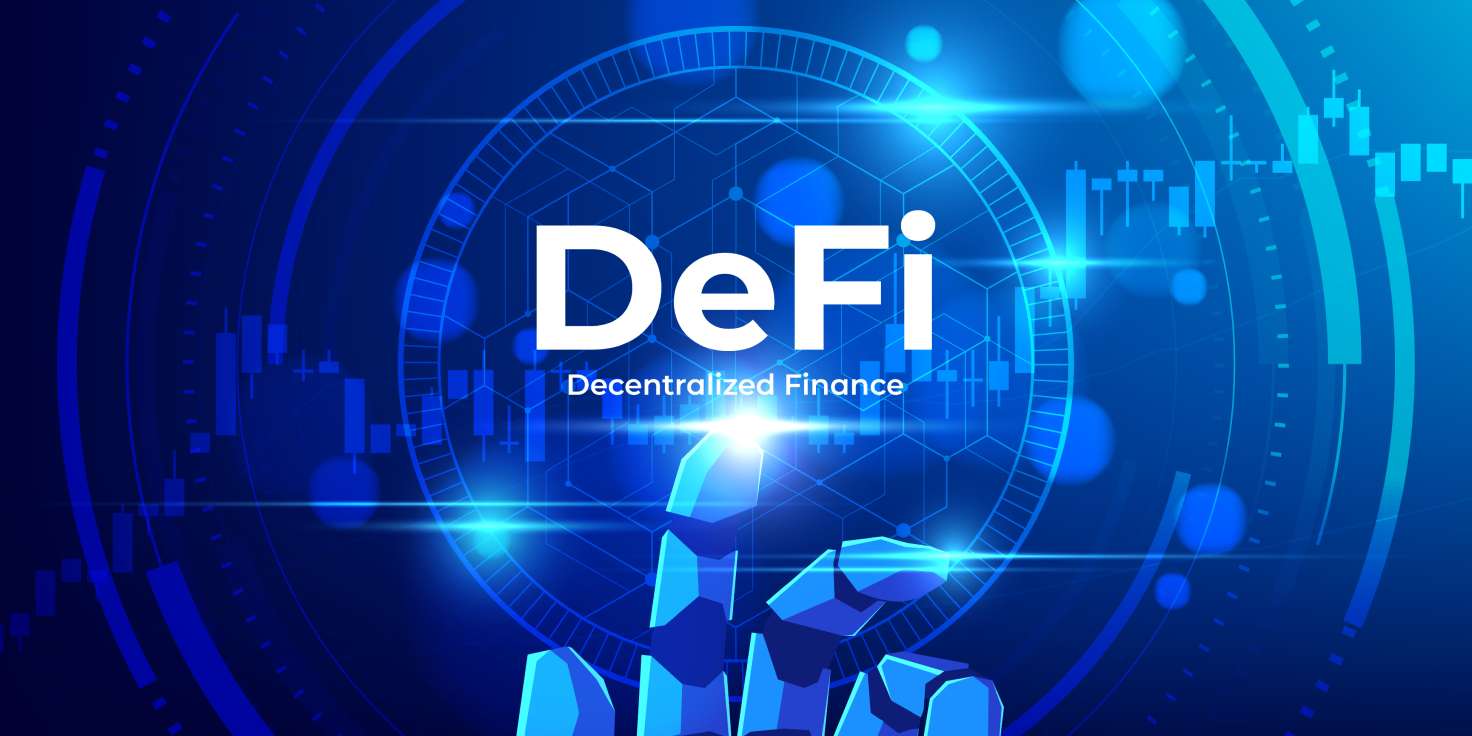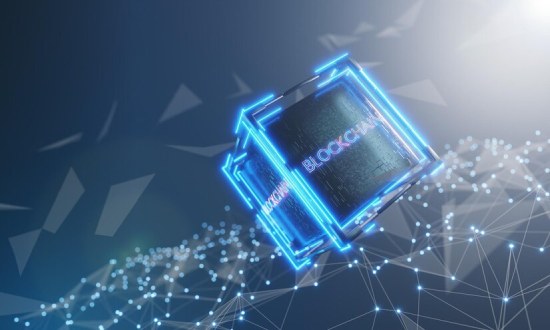Limitations of Traditional Finance
Legacy financial systems involve high costs, restricted access, and slow settlement. Cross-border transfers often take days and require multiple intermediaries. Many people remain excluded due to geography, regulation, or lack of banking infrastructure.


 Blockchain Application Development
Blockchain Application Development
 Fintech Blockchain App Development
Fintech Blockchain App Development
 Hyperledger Application Development
Hyperledger Application Development
 STO Development Services Company
STO Development Services Company
 Exchange Development
Exchange Development
 Cryptocurrency Wallet Development
Cryptocurrency Wallet Development






